Work as a Project Team Member
Course Purpose: Learners accessing this standard will be working as a leader in the context of a small project or sub-project involving few resources and having a limited impact on stakeholders and the environment or working as a contributing team …
Overview
Course Purpose:
Learners accessing this standard will be working as a leader in the context of a small project or sub-project involving few resources and having a limited impact on stakeholders and the environment or working as a contributing team member on a medium to large project when not a leader.
What you’ll learn
Learners accessing this standard will be working as a leader in the context of a small project or sub-project involving few resources and having a limited impact on stakeholders and the environment or working as a contributing team member on a medium to large project when not a leader. These projects may be technical projects, business projects or developmental projects and will cut across a range of economic sectors. This standard will also add value to learners who are running their own businesses and recognise that project management forms an integral component of any business. The qualifying learner is capable of demonstrating an understanding of the criteria for working as a member of a team. Collaborating with other team members to improve performance. Participating in building relations between team members and other stakeholders. Respecting personal, ethical, religious and cultural differences to enhance interaction between team members. Using a variety of strategies to deal with potential or actual conflict between team members.

Duration: 1 Day
Featured Course
Interpret and Use Information from Texts
Course Curriculum
Curriculum
Curriculum
- 5 Sections
- 23 Lessons
- 1 Day
- Unit 1: Demonstrate an understanding of working as a member of a teamASSESSMENT CRITERIA3
- 1.1Criteria and behaviours conducive to working as a member of a team are identified and explained with practical examples
- 1.2Team interfaces are described and the roles are explained with actual examples.
- 1.3Disruptive behaviours to team performance are identified and explained with examples of the consequences.
- Unit 2: Collaborate with other team members to improve performanceASSESSMENT CRITERIA5
- 1.1The importance of consultation and joint decision-making is explained with examples of how this affects team performance.
- 1.2Other team members are consulted for ideas relating to project work and joint decisions are made according to team needs.
- 1.3Other team members are worked with in order to achieve project objectives.
- 1.4Constructive, non-disruptive behaviours and how others are influenced positively are provided, described, and explained with examples.
- 1.5Situations that are a cause of conflict in a group are identified and a plan is made to minimise their negative effect on the team and project objectives.
- Unit 3: Participate in building relations between team members and other stakeholdersASSESSMENT CRITERIA6
- 1.1The importance of building relations between team members and stakeholders is explained with examples
- 1.2Project stakeholders are identified and their needs are explained in terms of teamwork.
- 1.3Instances of building relations between team members and stakeholders are documented and implemented according to procedures.
- 1.4The importance of honouring commitments to stakeholders is explained with practical examples.
- 1.5Methods and techniques for building team coherence and spirit are identified and explained with practical examples.
- 1.6Feedback is provided on an ongoing basis which leads to constructive and productive working relationships.
- Unit 4: Respect personal, ethical, religious and cultural differences to enhance interaction between team membersASSESSMENT CRITERIA5
- 1.1The differences between team members are identified and explained with examples.
- 1.2The importance of showing respect to each other is explained with examples.
- 1.3Behaviours that are of concern to individuals are discussed promptly and openly with those involved.
- 1.4Examples are given of how individual behaviour is modified and changed to support other team member’s feelings and needs.
- 1.5
- Unit 5: Use a variety of strategies to deal with potential or actual conflict in a project teamASSESSMENT CRITERIA4
- 1.1The kinds of conflict that could arise in a project team are identified and strategies to deal with issues in a team are demonstrated in role-play situations or through discussion.
- 1.2Strategies for creating a positive working environment for a project team are explored and an indication is given of the role of the team leader/project manager in creating a positive work environment.
- 1.3Situations that hamper efficiency in a project team are identified and suggestions are made to improve these situations.
- 1.4Support systems available to the project team are identified and an indication is given of the learner’s own role in being supportive and using a support system.
Requirements
- Grade 11
- NQF Level 3







